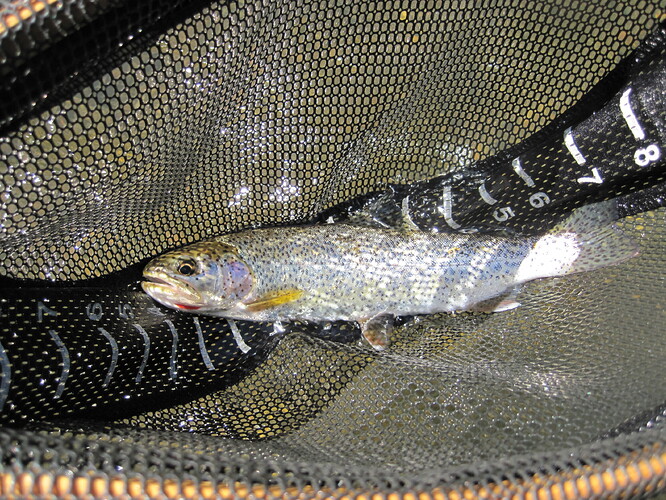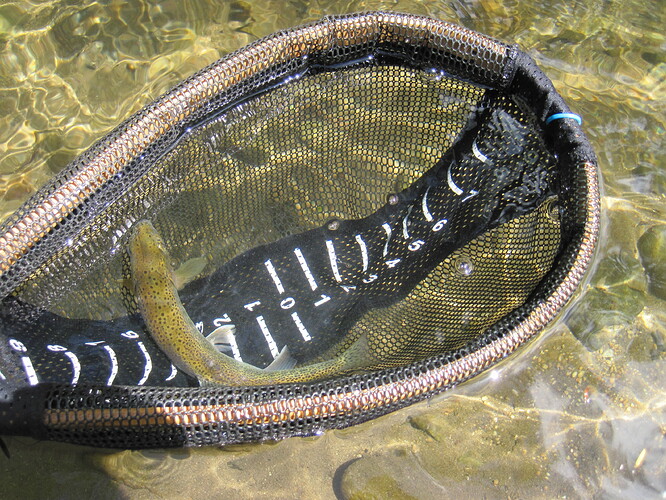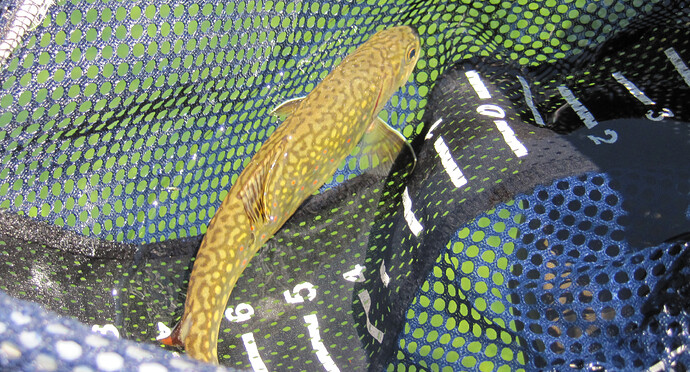I thought I would fire up a thread on fish handling.
To disclose, I am not perfect when it comes to appropriate handling…or what is best for the fish, and believe this is a personal choice thing and my own behavior depend on my mood. This thread is more about sharing concepts on the issue and what my personal stand on it is.
Catch and release fishing is interesting. In Switzerland and Germany, as an example, outlaws catch and release. Noting it is inhumane…and a way of torturing an animal for no logical purpose. From a practical standpoint, it is true. Its the equivalent of working a job but not getting paid a salary.
I get a lot out of fishing that is not meat. My connection with nature and I fulfill my need to hunt.
I have interest in on protecting the fish I target but see this as a personal decision and would not try to impose it on others. After all, there is no law in how to handle fish… just suggestions. I would not try to impose anything on another angler, but do feel it is fair to discuss what is best for the fish but really if we were 100% concerned we would not target them. All this becomes an exercise on splitting hairs.
Its been a hot topic in the striped bass fishery. Catch and release mortality. Studies suggest that 9% of release fish die. It could be immediate or take a few days or even longer. So for every 100 fish you land…9 have crosses in their eyes. In warm water/low oxygen the number goes up. For trout that number might be higher…as I feel they are less hearty than striped bass.
suggestions
- barbless hooks
- tackle appropriate for the size of fish - stout enough for quick land.
- limit the fighting time - always find soft water to land them quicker
- try fishing in cold oxygenated water
- keep them wet
- leave them in the water
- skip the photos and biometrics(length and weight)
- do not touch the fish
1-4 I feel are the easiest rules to employ. If I can get a fish in quick, I feel I have more sand in the timer to take pics or admire my catch.
For me 5-8 I am sloppy on and depends on my mood.
My biggest motivator is the fish’s beauty and I really am contrary on following 4-6. Because the colorless nature of stocked fish, I never take pics of stockers anymore. But the wild fish…the ones I love the most…I stress the most, trying to get pics of. Lately, I try to keep them netted and in the water, but that makes it challenging to get photos of them. I recently bought a tank for photo ops… but I have not started carrying it. Perhaps this thread will motivate me to the next step.
#8 is by far the most difficult and probably the most harmful.
Contact with the fish(by hand or net) or leaving it on the ground strips the fish of their mucous.
If you do handle fish…be gentle, try not crushing them or squeezing them. The idea is to reduce internal organ damage. If possible…release the fish in the water without the use of a net or picking them up. This is the best thing for them, but unless I am having an extraordinary day…I usually do touch them or inspect them. Sometimes it is a quick lift and view…but contact just the same.
I am not perfect. Sometimes I have a fish in hand without wetting my hands or having them wet enough. Accidents…but not and excuse.
Fish in hand is sometimes this is the best way to document them…and for me…that is my trophy.
Catch and release is important, but it is not elitist nor is it perfect. There are moralities. The guy who drops in a river once a week to harvest a couple of fish, may have a smaller impact than the angler catching hundreds of fish a week…as with C&R mortality.
The above are considerations…just that. A friend in the striped bass fishery says…a released fish with a low survival percentage is still better than a fish on the stringer. Well, that depends on a lot of factors…but from a general wildlife perspective…yes.
My spin on it…a released fish with a low survival percentage is still better than a freezer burned fish. As I do like eating fish. My area is mostly stocked fish in questionable water sources…so I skip eating them, but if they were clean wild fish, I would like to harvest some of them. I love trout!!!



